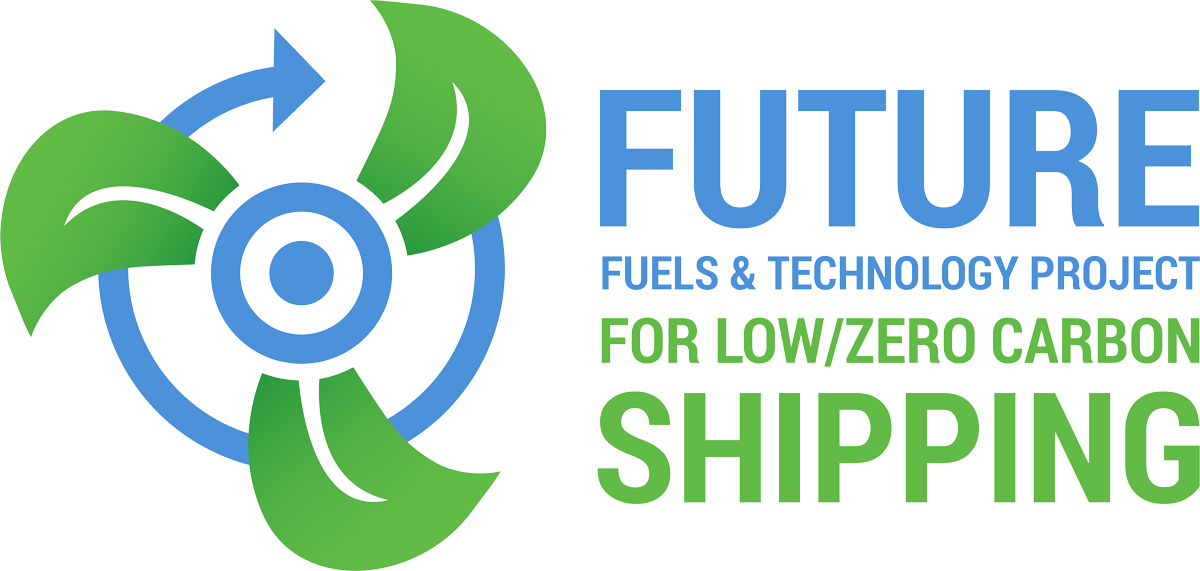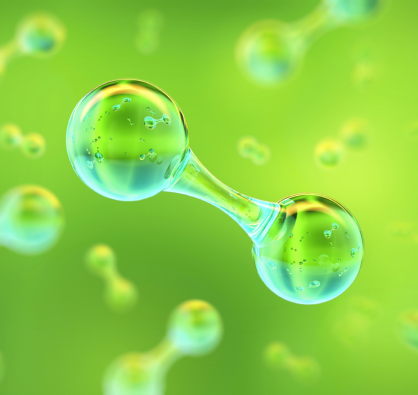
FAQ
Wind Propulsion
Wind propulsion technologies harness instant, free and renewable wind energy to propel vessels, reducing power demand by 20% and potentially reducing up to 63% with route optimization. They can be retrofitted and even folded away to ensure seamless and safe operations. When a ship is designed with wind as the main propulsion, the wind can provide > 80% of the ship’s energy requirements, depending on the ship’s profile. Source: Zestas
FAQs
-
How does thrust from the wind propel a vessel?
How does thrust from the wind propel a vessel?

-
What are Flettner rotors and how do they work?
What are Flettner rotors and how do they work?

-
What are suction wings and how do they work?
What are suction wings and how do they work?

-
What are towing kites and how do they work?
What are towing kites and how do they work?

-
What are rigid/hard wing sails and how do they work?
What are rigid/hard wing sails and how do they work?

-
What are soft wing sails and how do they work?
What are soft wing sails and how do they work?

-
What are soft sails and how do they work?
What are soft sails and how do they work?

-
What wind conditions are suitable for wind propulsion?
What wind conditions are suitable for wind propulsion?

-
What is route optimisation?
What is route optimisation?

What are towing kites and how do they work?
Towing kites are airborne paraglide-style devices attached to the bows that utilise wind thrust to pull a ship forward.
The main components of towing kites are:
- The flying kite, which is similar to a paraglider wing being elliptical in shape and geometry,manufactured of high strength fabric material and is inflated with air,
- The Control Pod, which is a mechanism that is connected between the towing rope and the Kite, and activates and controls the Kite motions through numerous suspension ropes connected to the Kite edges and interior surfaces,
- A towing rope which is a high strength synthetic material rope which incorporates also inside the signal/supply cables for the control pod functioning,
- A towing winch, which is a typical variable speed controlled electric-hydraulically operated marine type winch that releases or retracts the Kite at certain speeds, a reefing winch which is helping to guide the Kite on the docking position during retraction,
- An electrically operated telescopic mast which is extended for Kite launching operations and retracted when Kite is landed/docked back,
- Power pack needed for the electro-hydraulic parts operation and the Control Panels with relevant software and Bridge / Remote controls.
In contrast to other wind propulsion systems, the propulsion Kite is airborne and operates away from the ship structure at altitudes of over 150m. The Kite needs a minimum wind speed to lift-off and then it can operate at smaller than lift-off wind speed.
The optimal performance and efficiency corresponding to normal flight conditions are achieved when flying within the Power Zone which has an elevation angle of 10 to 35 degrees from the sea level. When the wind conditions become unfavourable (i.e. headwind) the Kite comes in the neutral/parking position where no forward thrust is generated.
The optimal towing force to the ship is when the wind direction is in reaching course (side tailwind), rather than in running course (full tailwind), because of the apparent wind speed benefit (i.e. in running course the ship’s speed is deducted from the wind speed, hence the useable wind energy is less).
In operation, the kite moves in a dynamic figure of 8 movement to increase the apparent wind of the kite to more than 10-fold than that of the vessel. This way, the kite maximizes the traction force by flying fast into the incoming wind while towing the ship. With a relatively much smaller surface area compared to other on-deck wind propulsors, it can generate multiple times of thrust because of the dynamic movement. Furthermore, they operate at heights where the wind speed is double that at sea level.
Sizes of kites range from 20 m2 Kites to 1,000 m2. Selection for each ship project usually refers mainly to the Kite’s rope design load in kN while the maximum strength is much higher for safety reasons.
The kite is designed to operate fully automatically, from the moment it is unstowed and docked on the retracted telescopic mast until the time it is deflated after being docked back to the mast prior to restowage. This means that the crew intervenes manually to only unstore and connect the kite to the mast and then again during undocking and storage. The whole deployment process takes about 15 minutes.
In case of a power blackout, the kite has a 30-minute self-redundancy until the emergency generator is engaged. The winch is also designed to retract the rope of the kite much faster than usual during emergency conditions, with special consideration given to avoid entanglement with the propeller. A final resort emergency system is a pneumatic rope cutter, disconnecting the kite totally from the vessel.
Towing kites have relatively little impact on heel and yaw angles on the ship and have a positive contribution to the course keeping of the ship and it requires much less corrections on the rudder and much less rudder action than deck mounted systems.
Installation is located on the forecastle of the vessel aligned to the centre and requires no drydocking. A steel platform may be necessary to elevate the kite foundation if there is no space.
Depending on the utilization time of the kite, and the quality of the components, the surface material and the towing rope may represent a variety of operating hours replacement, counted in few thousands of operating hours. The rest of the system is a conventional winch and telescopic mast system as usually found in other marine applications.
– Information courtesy of Konstantinos Fakiolas’ book ‘Wind Propulsion Principles’, Edition 1 –



